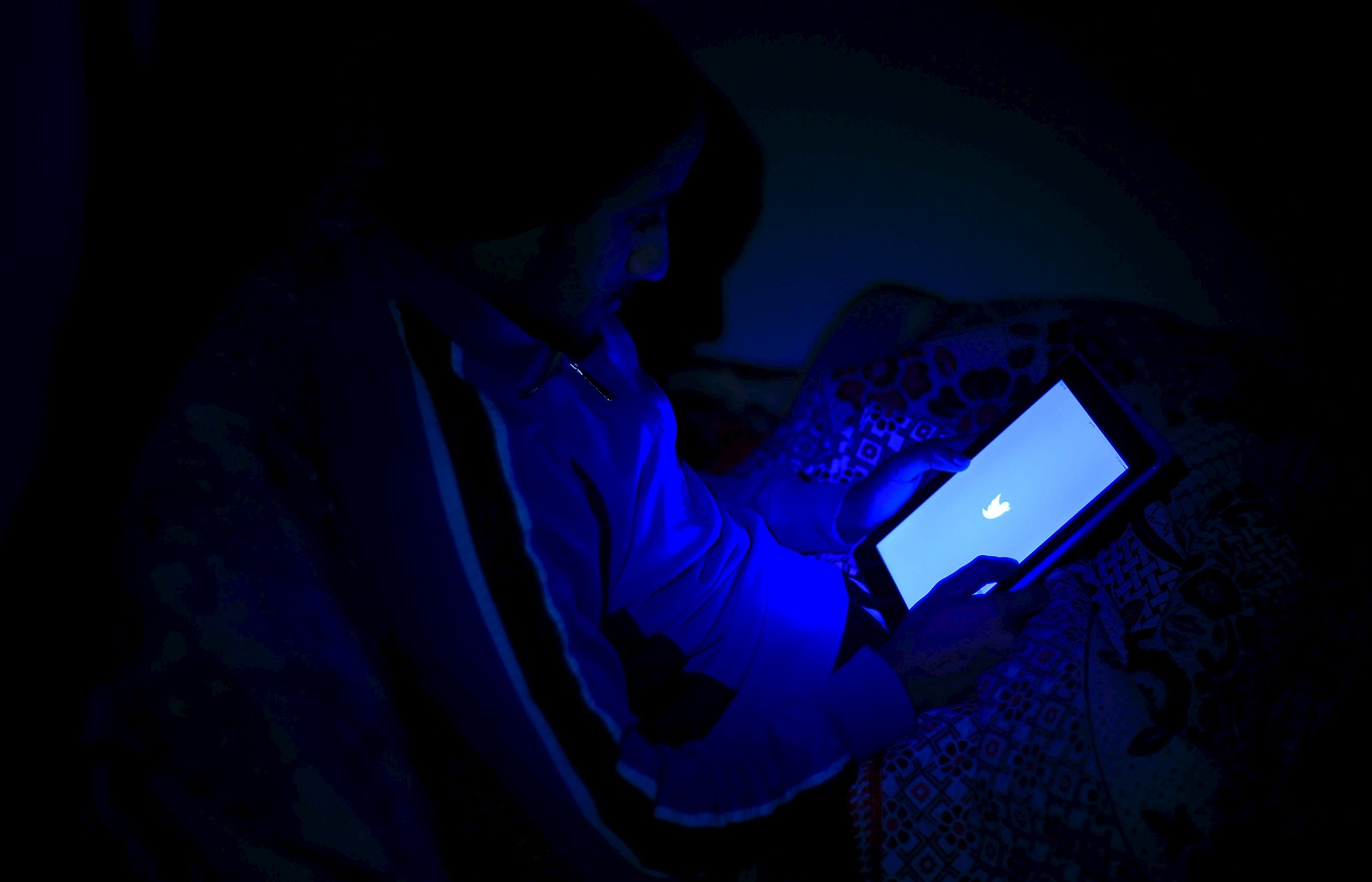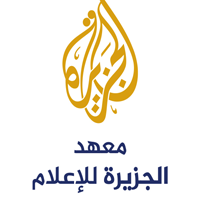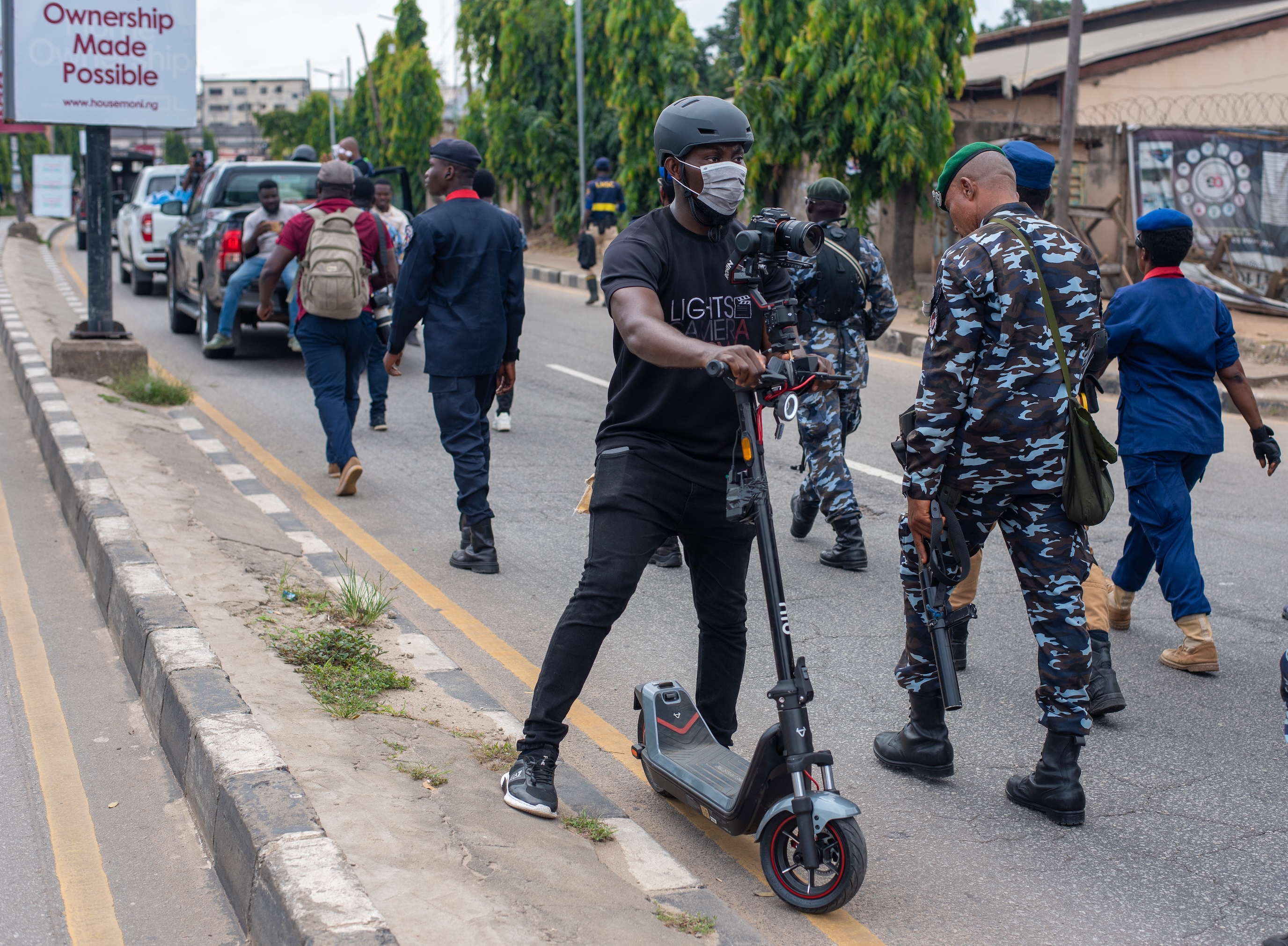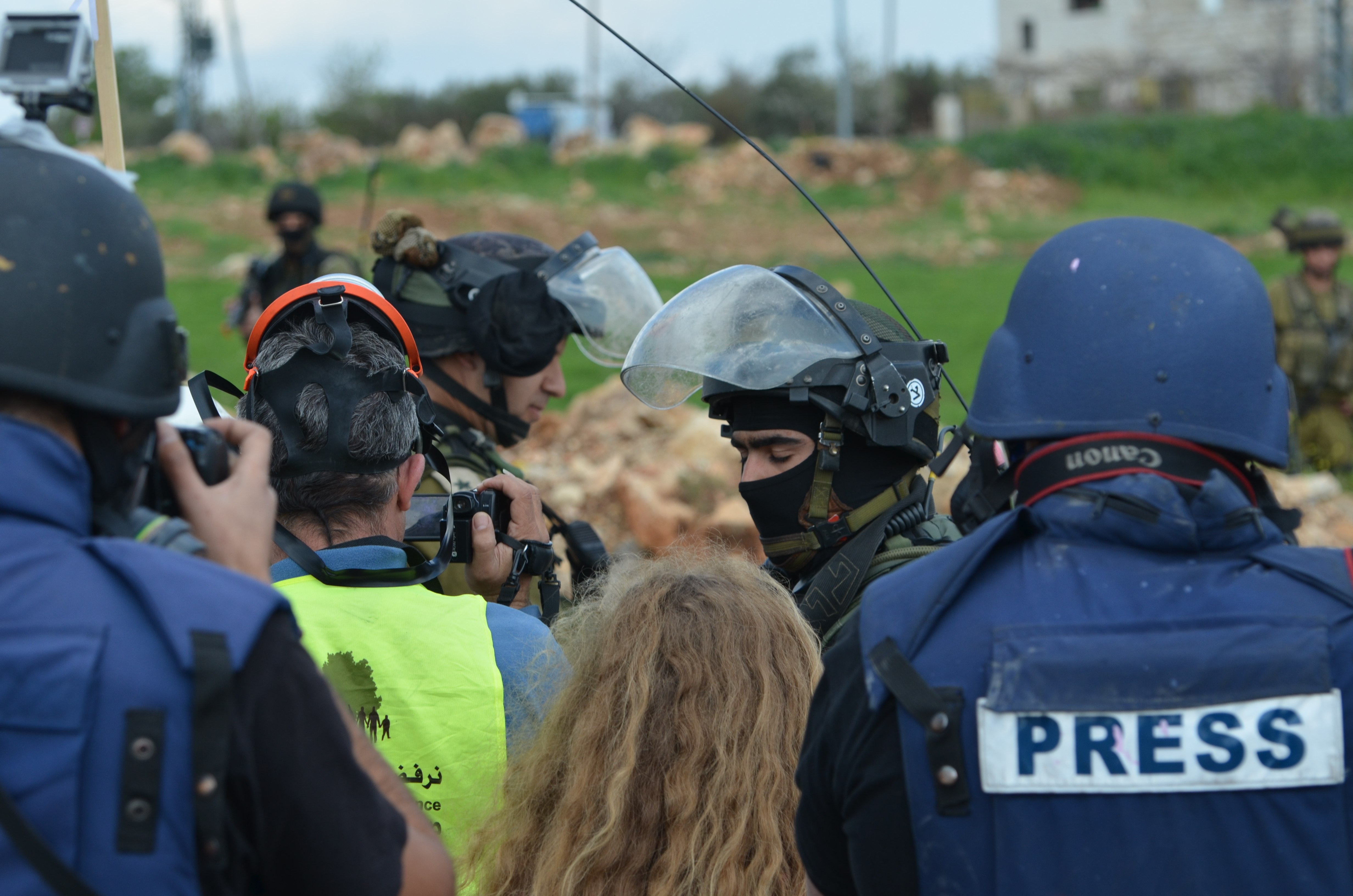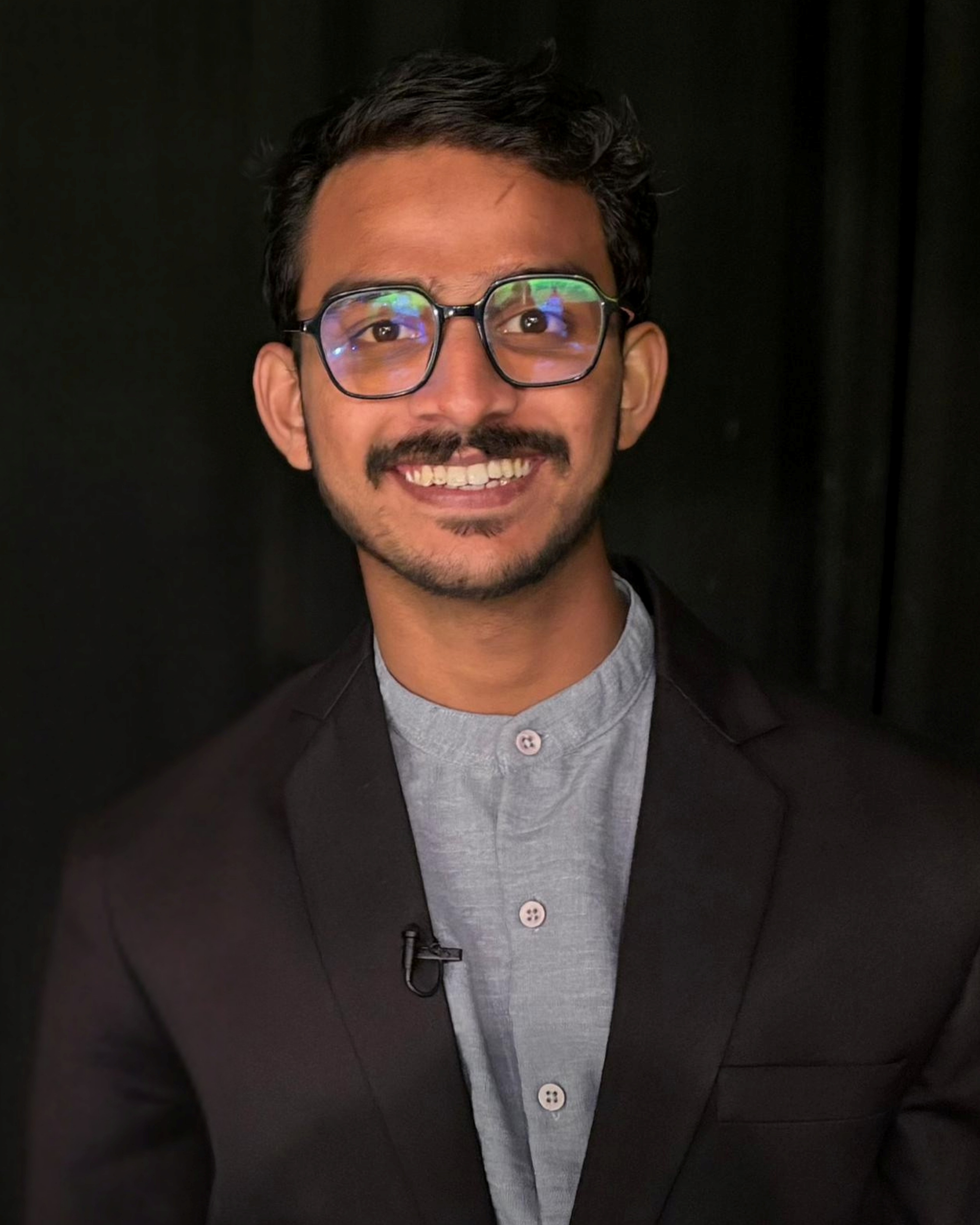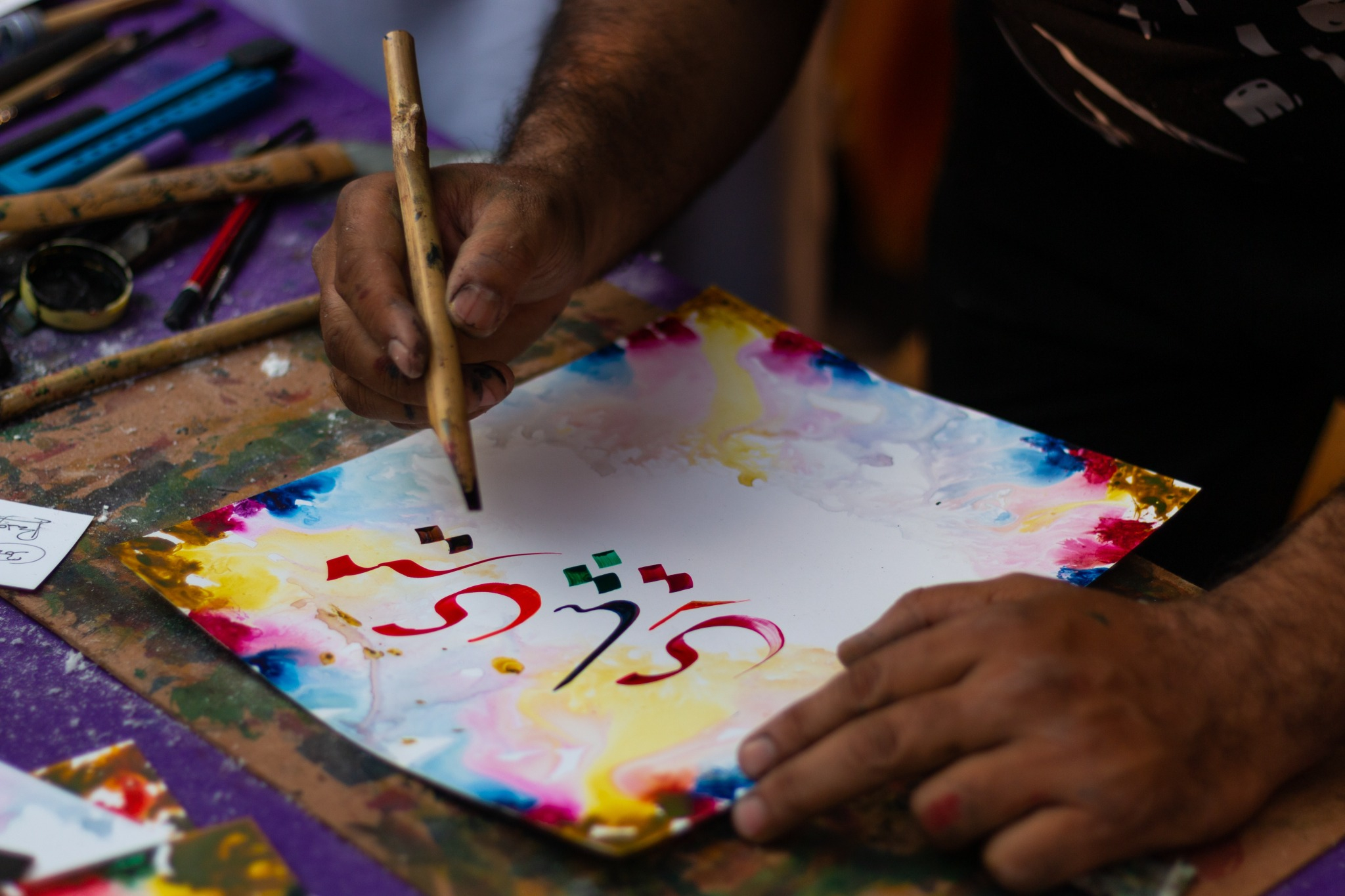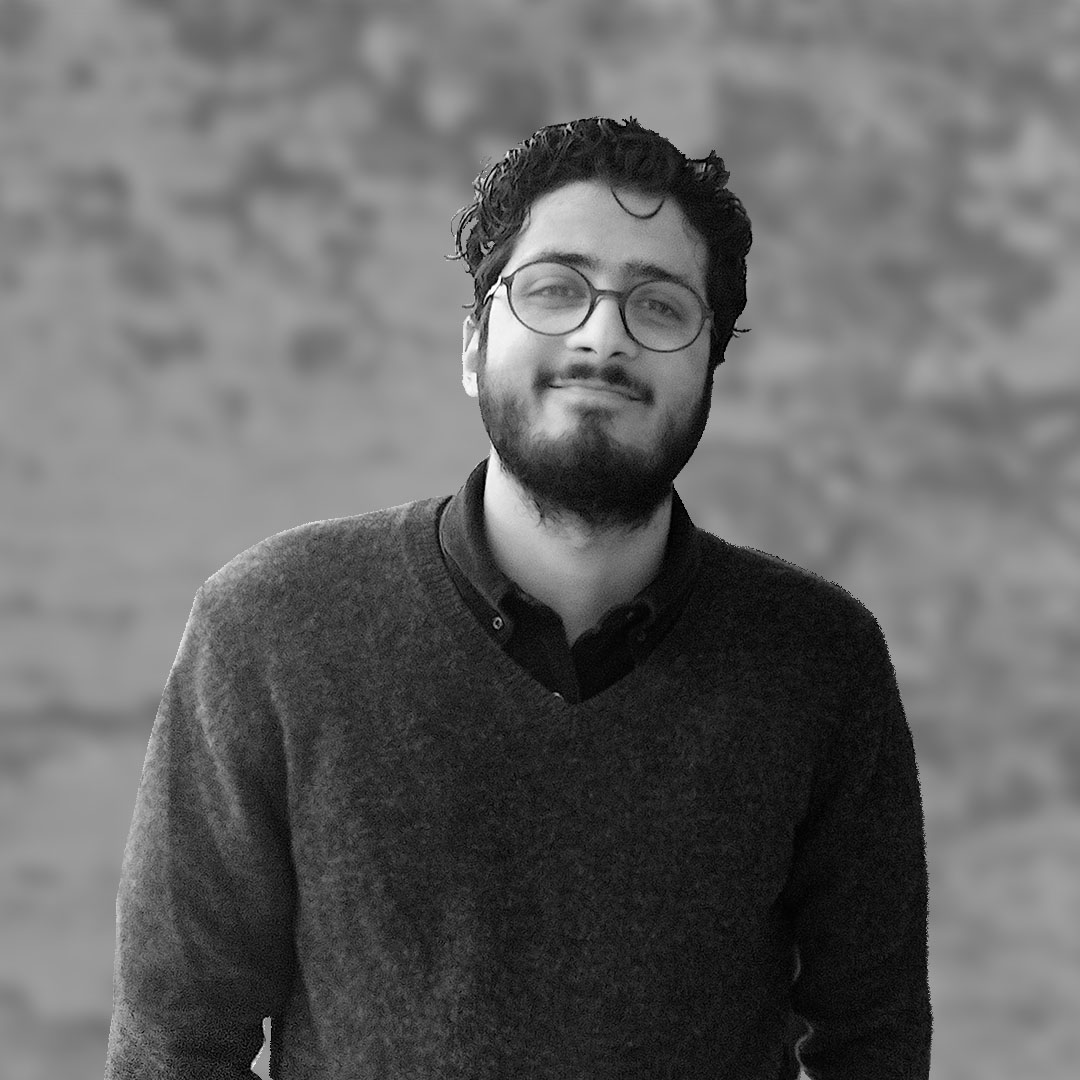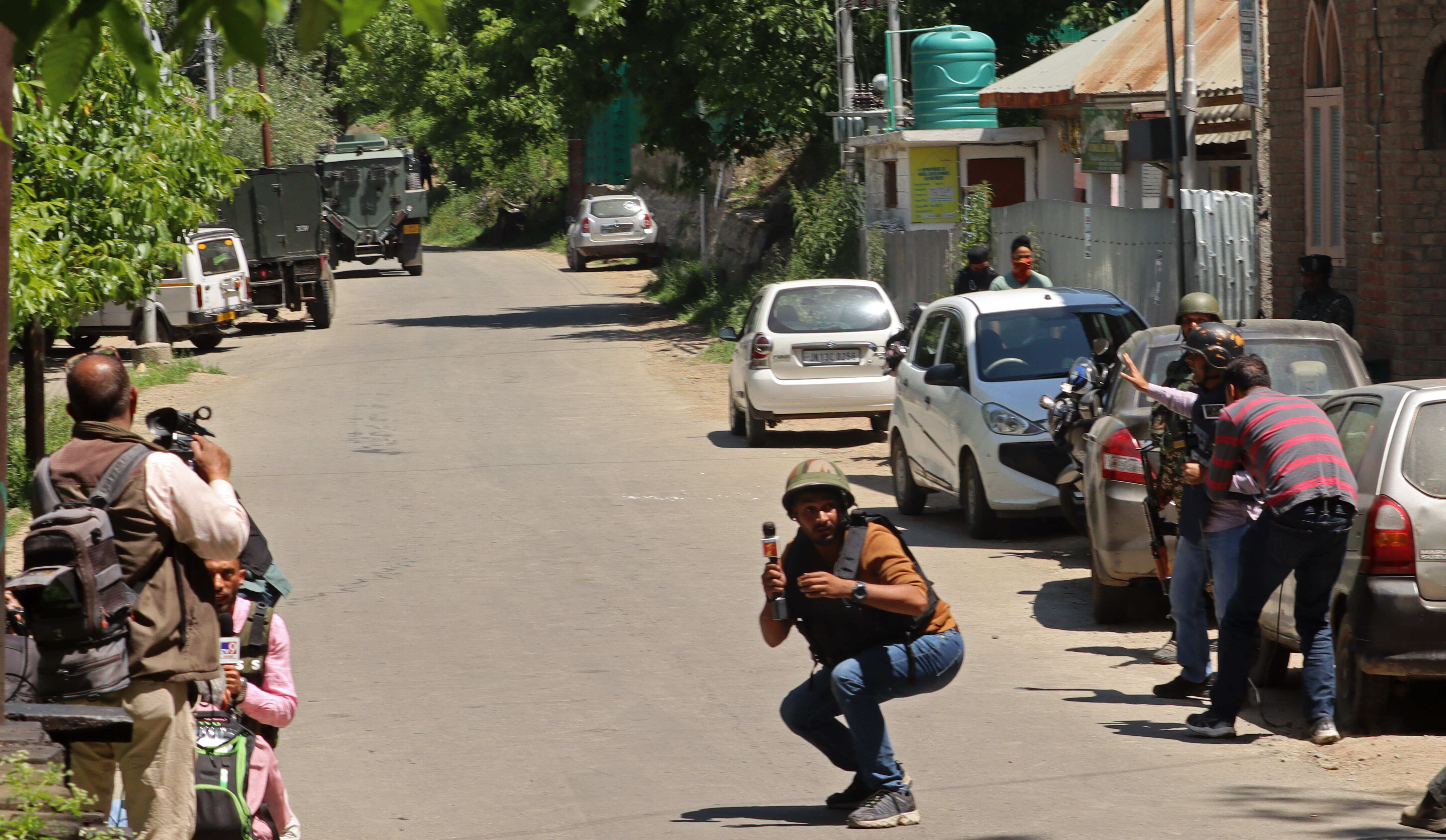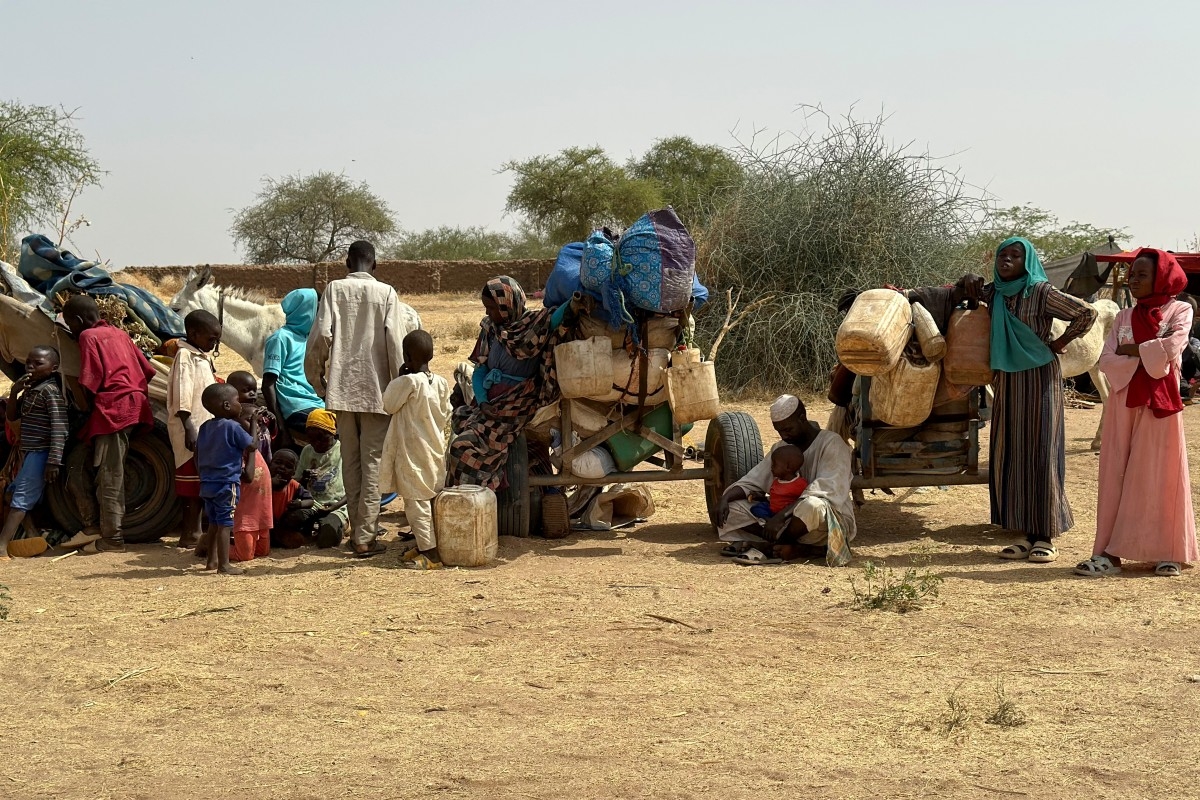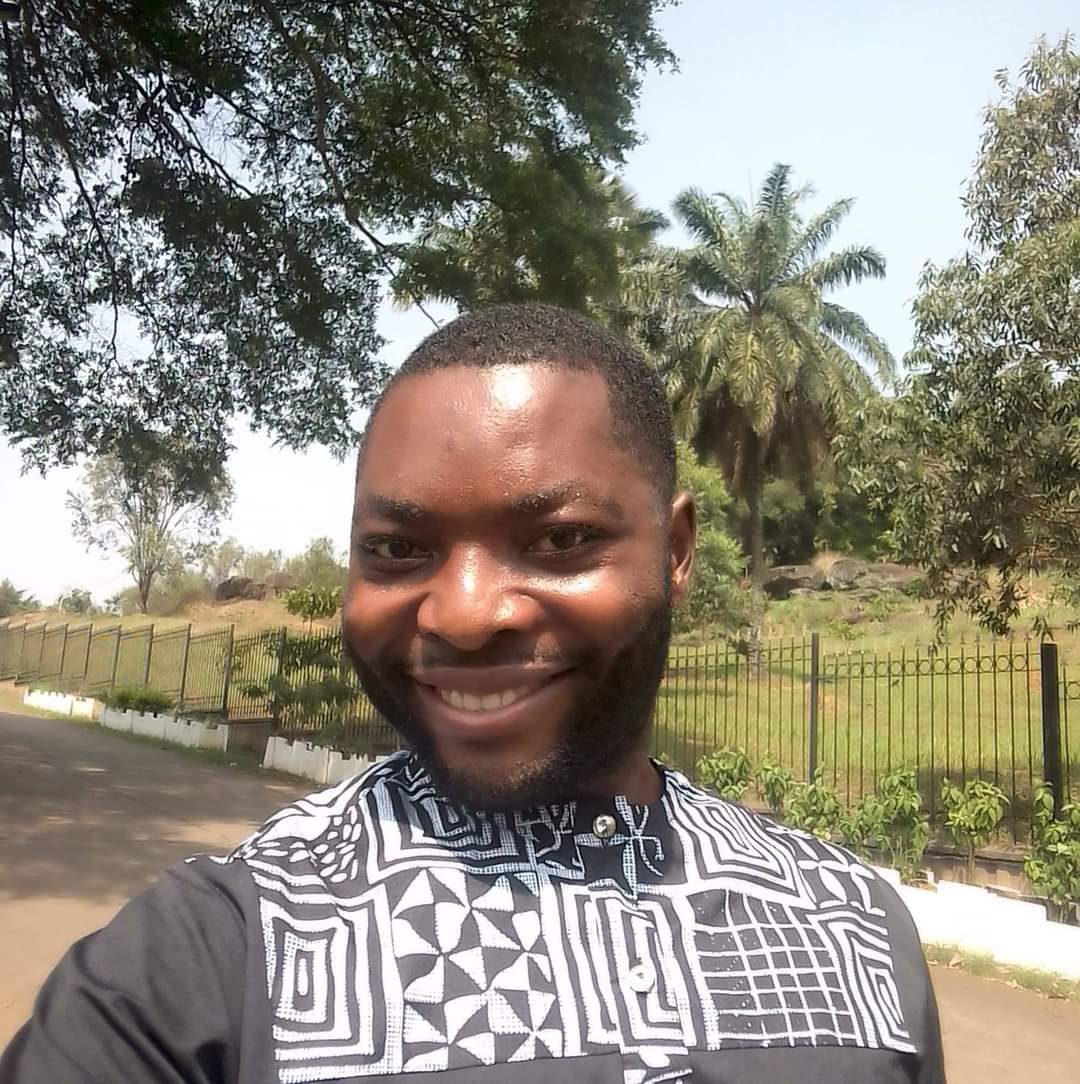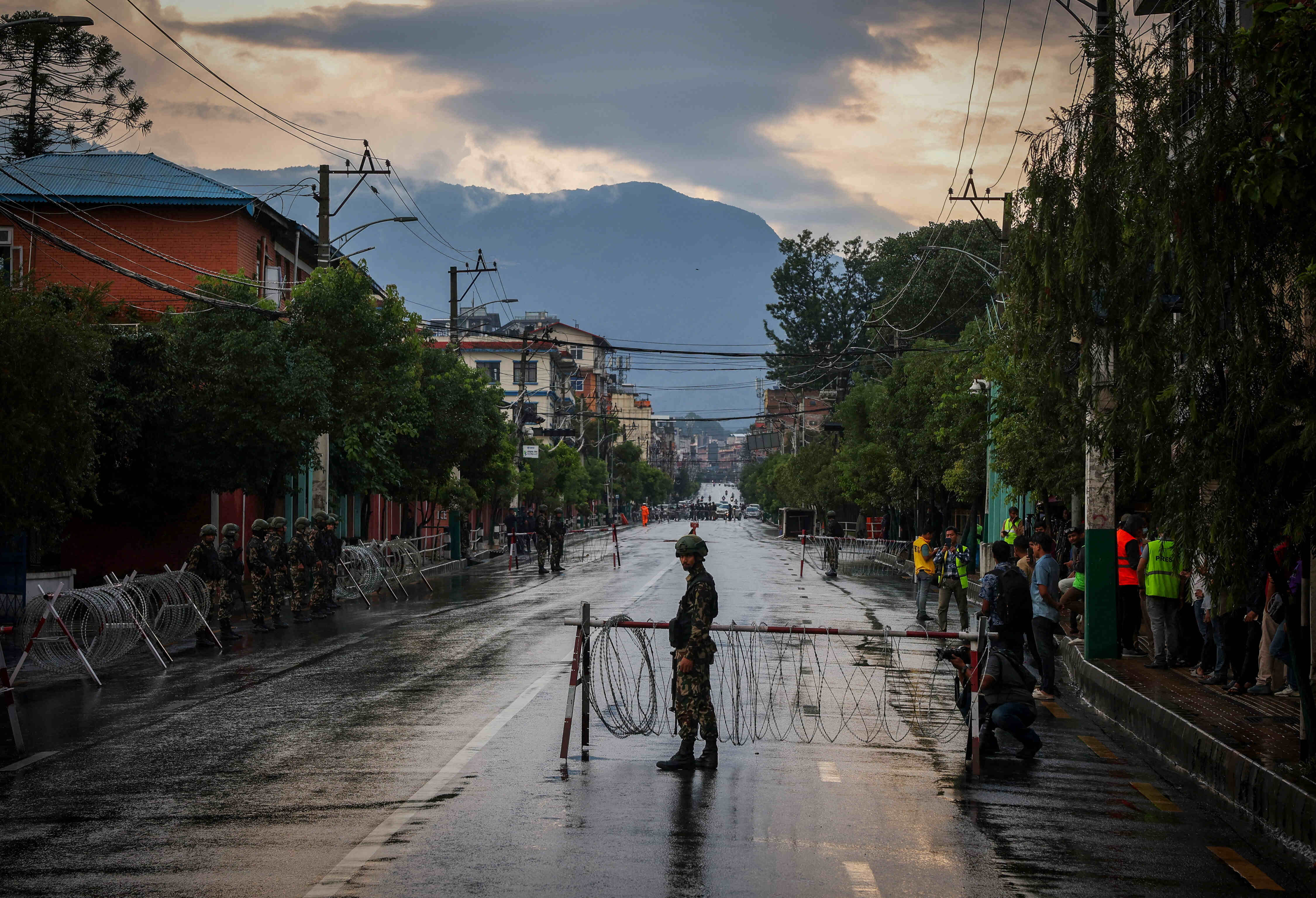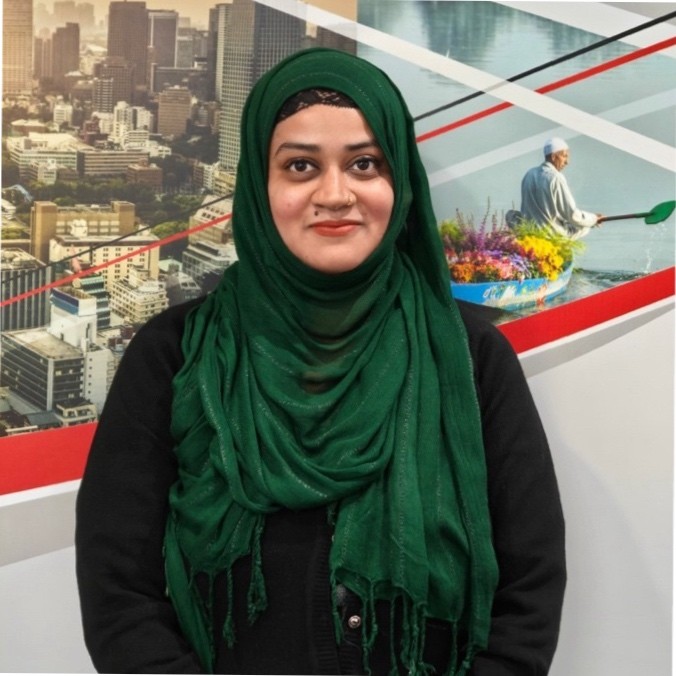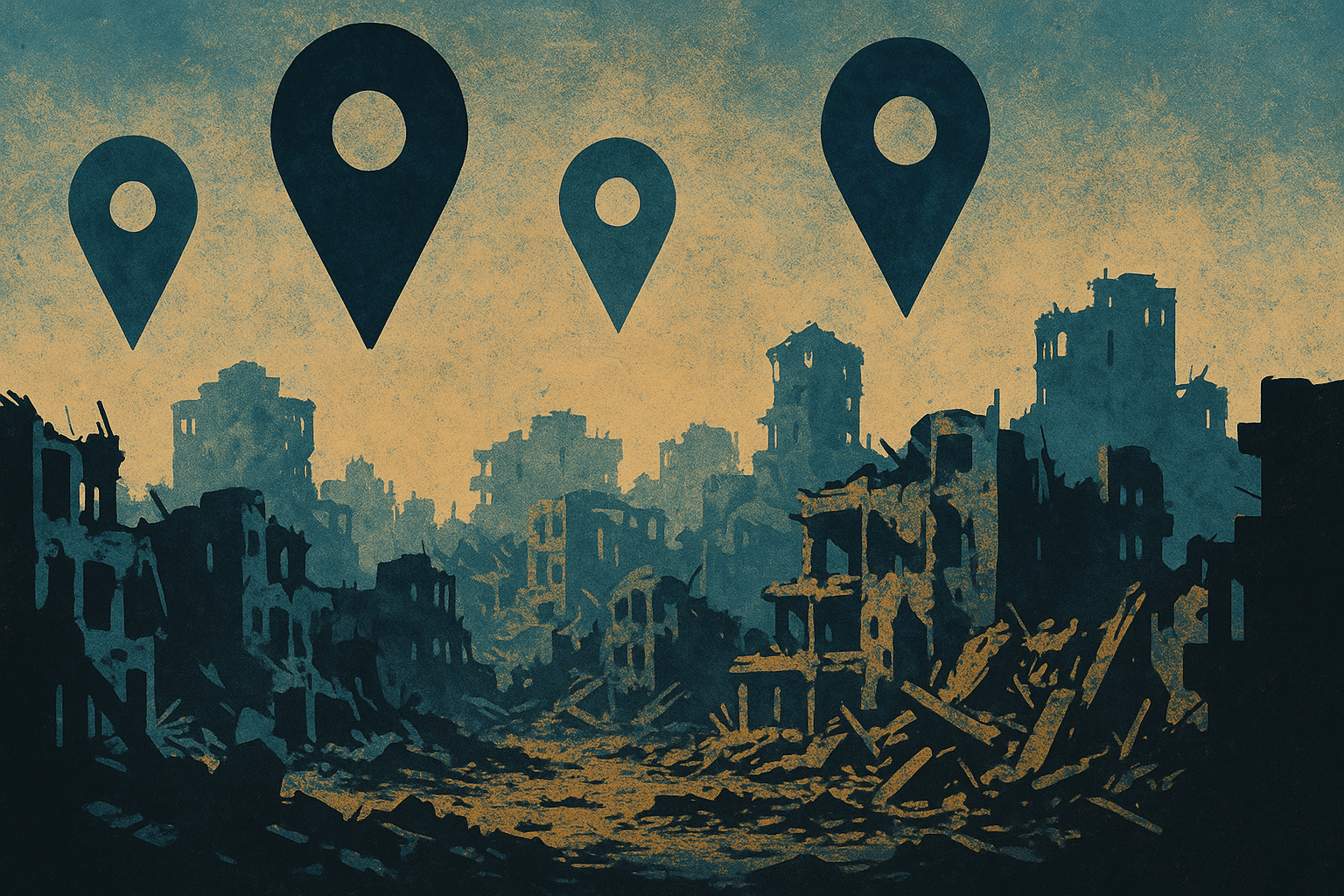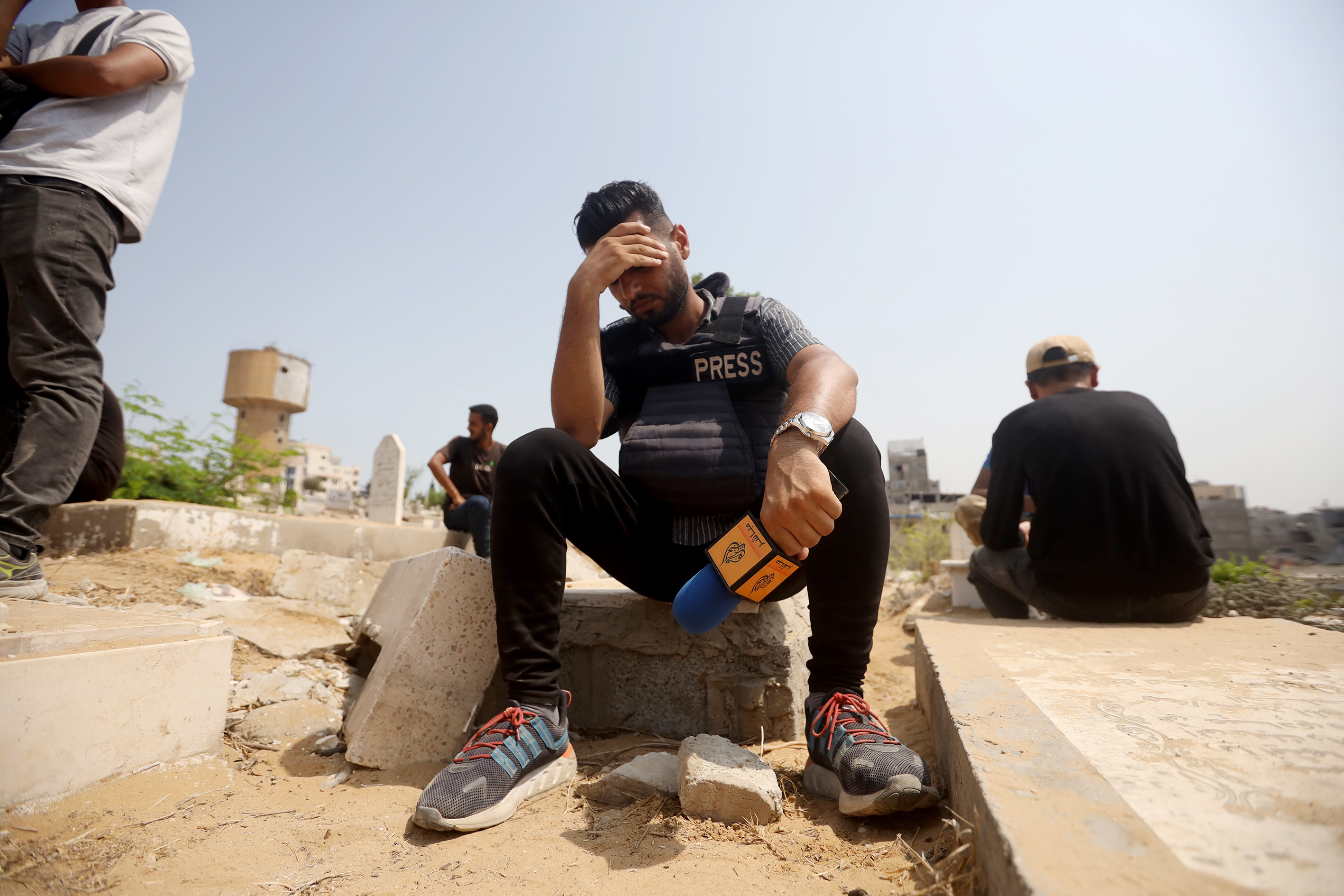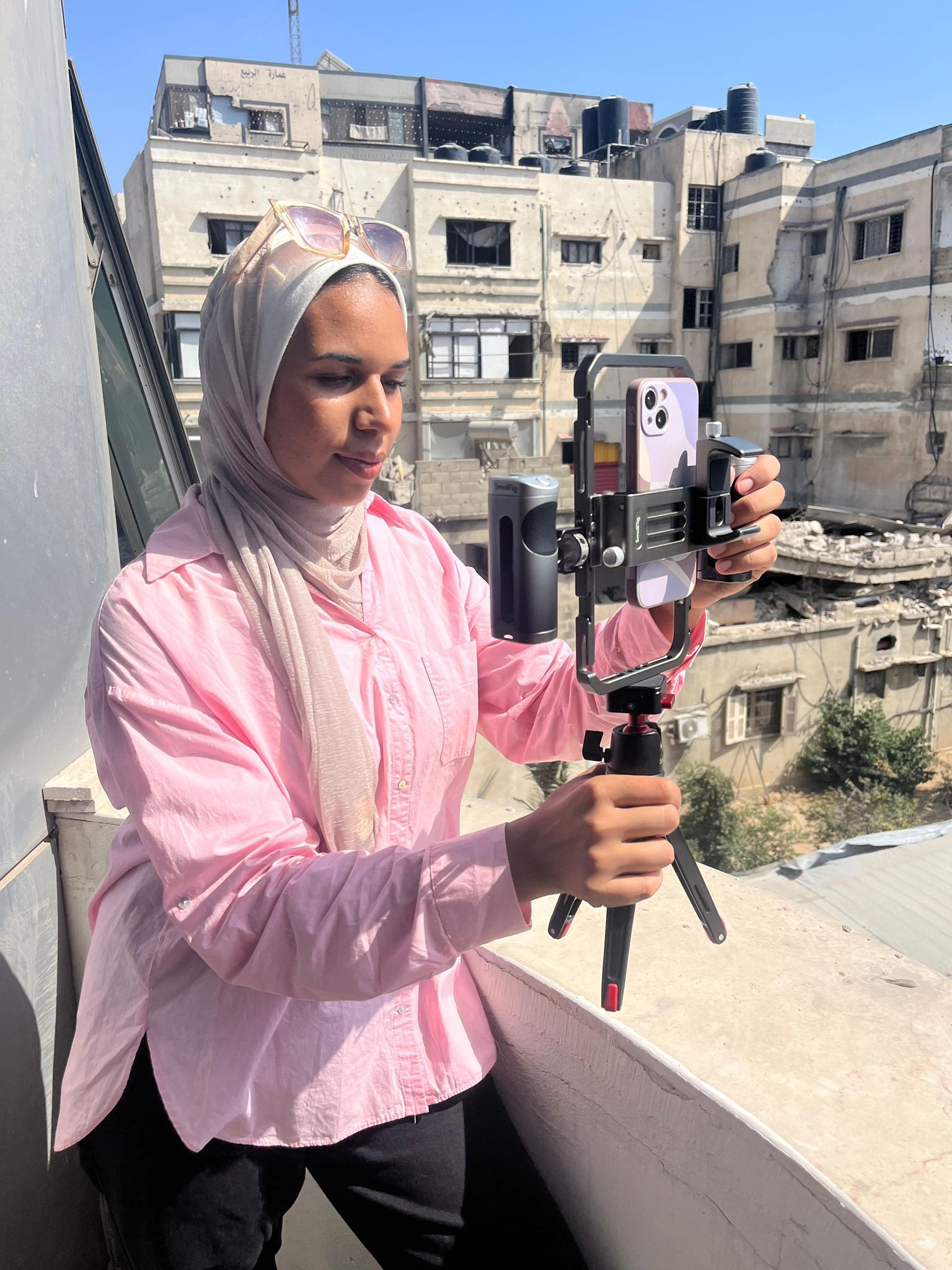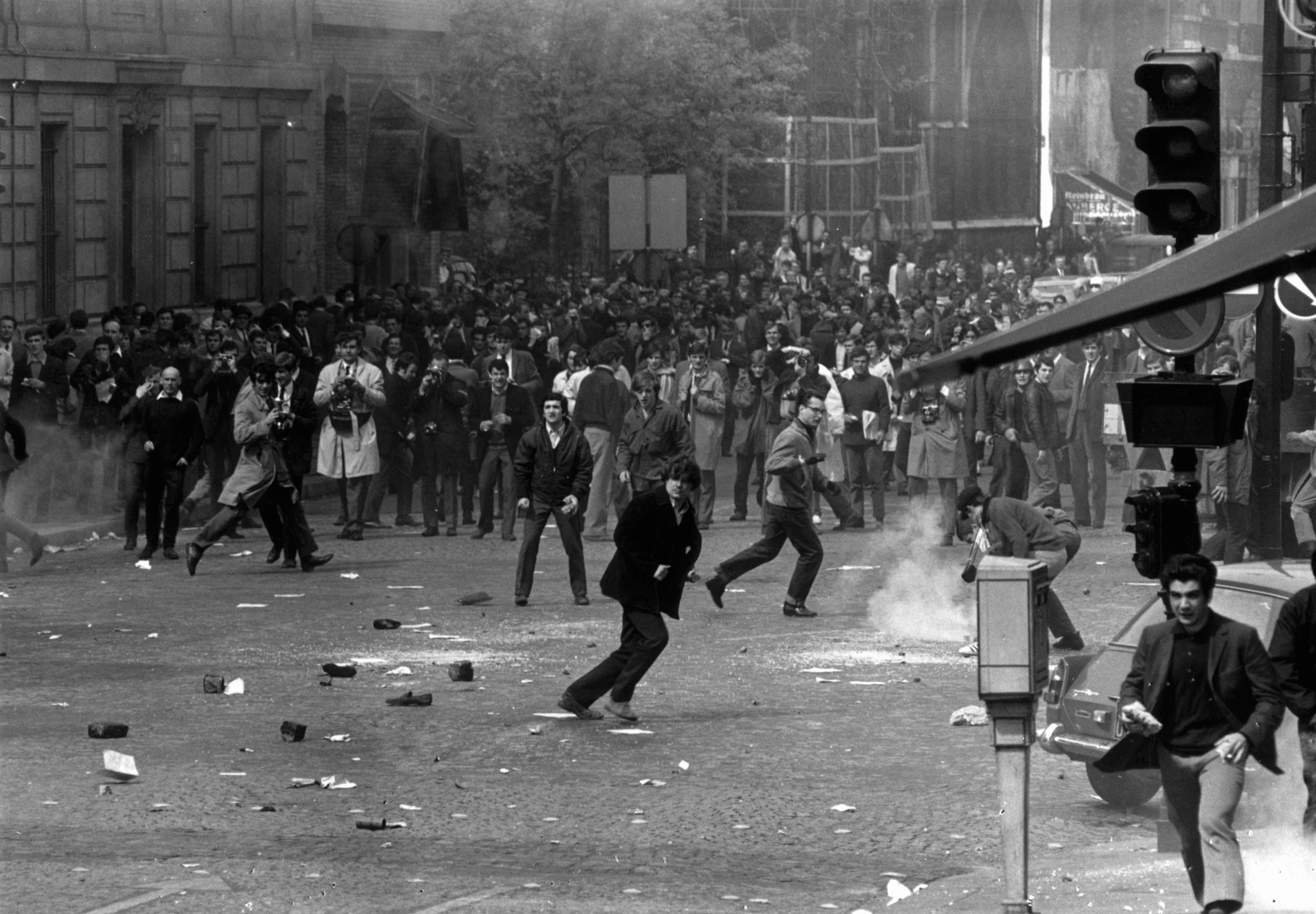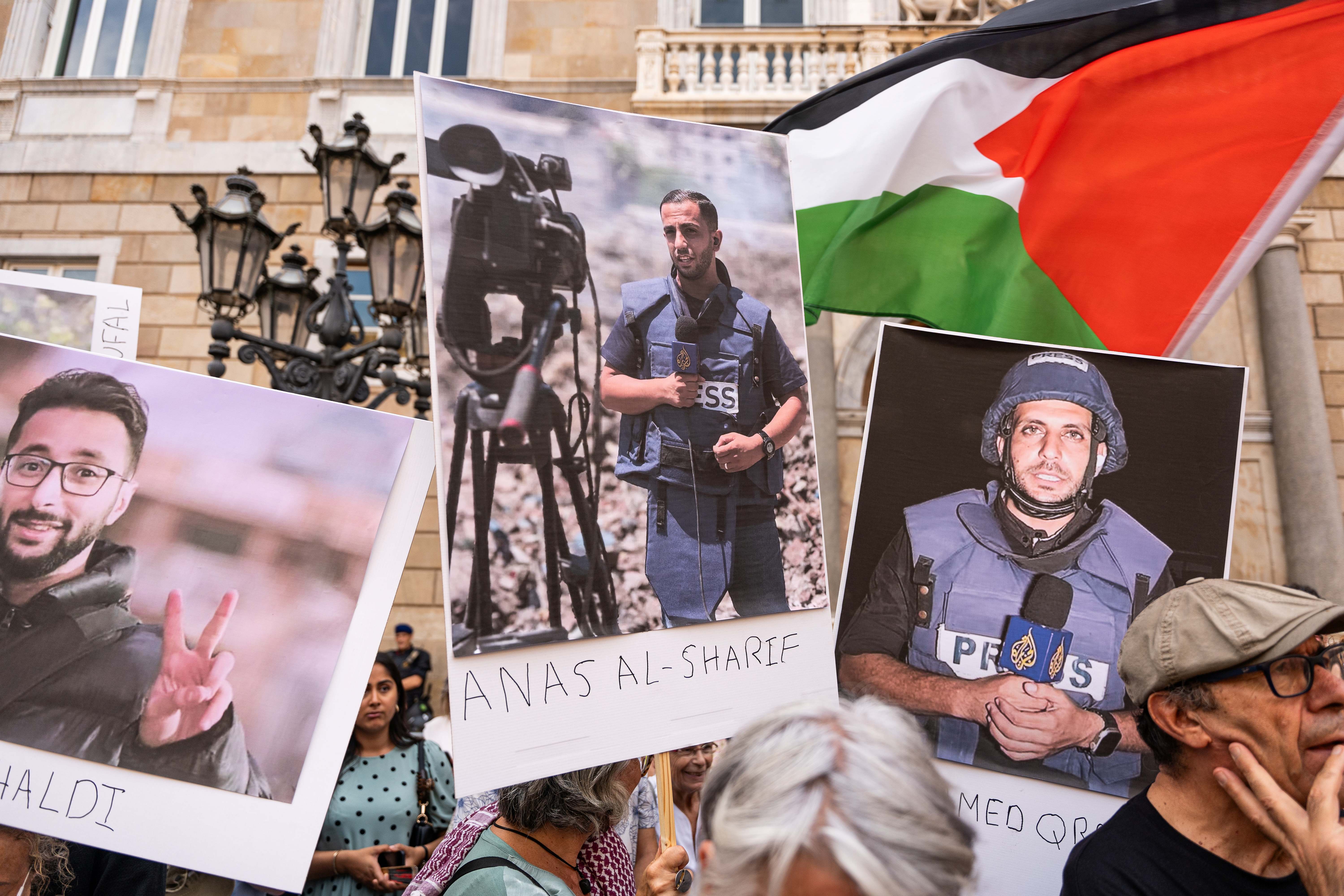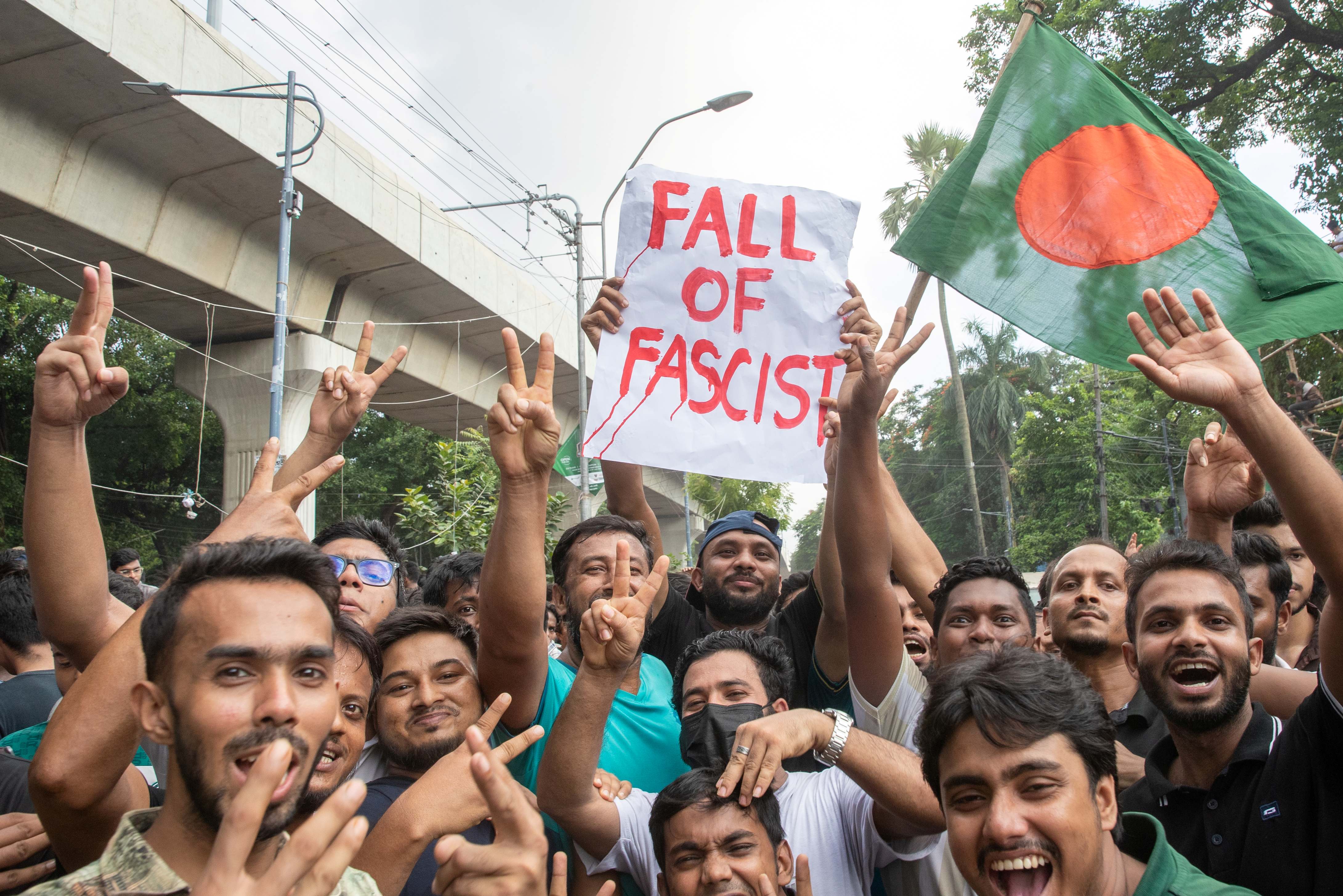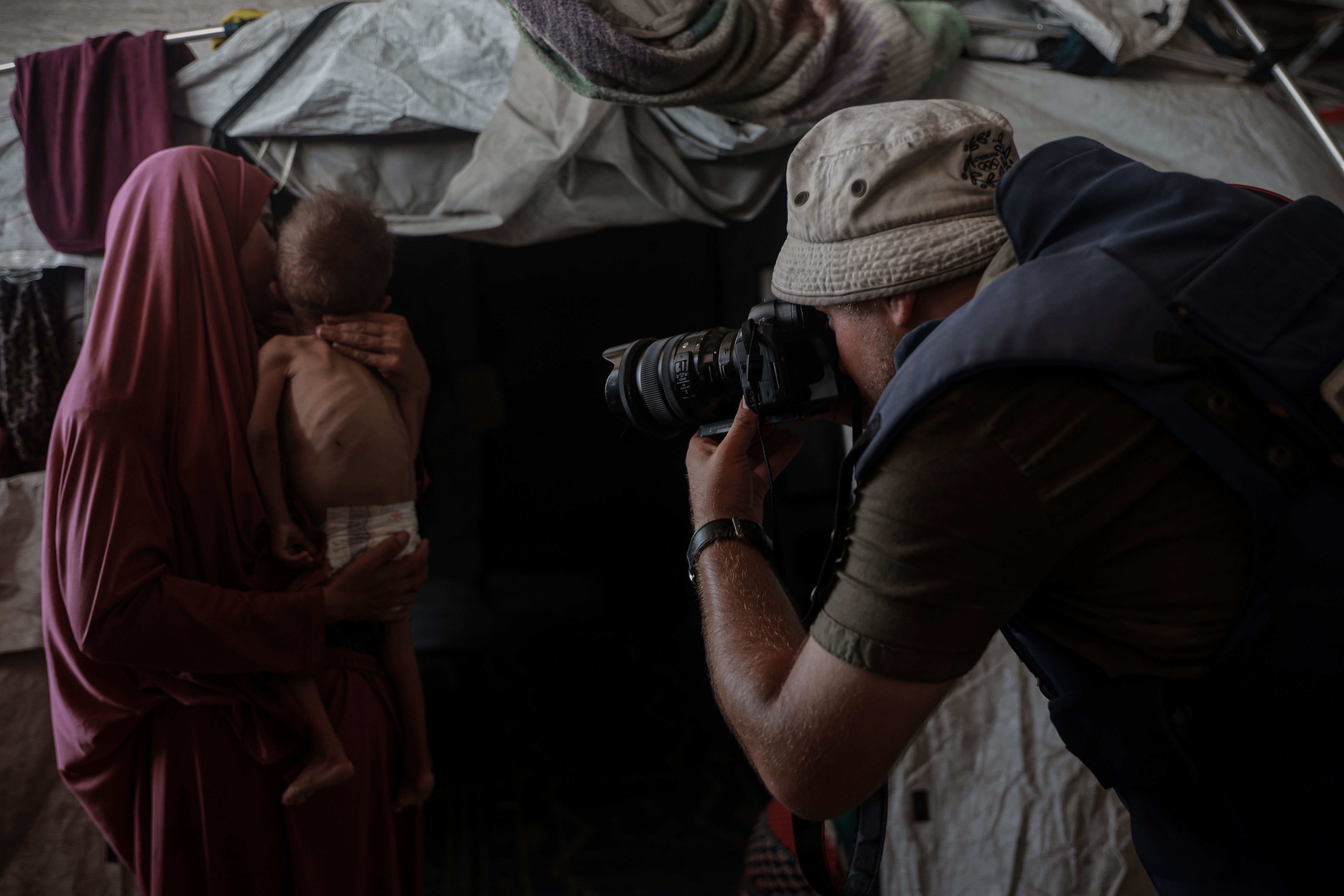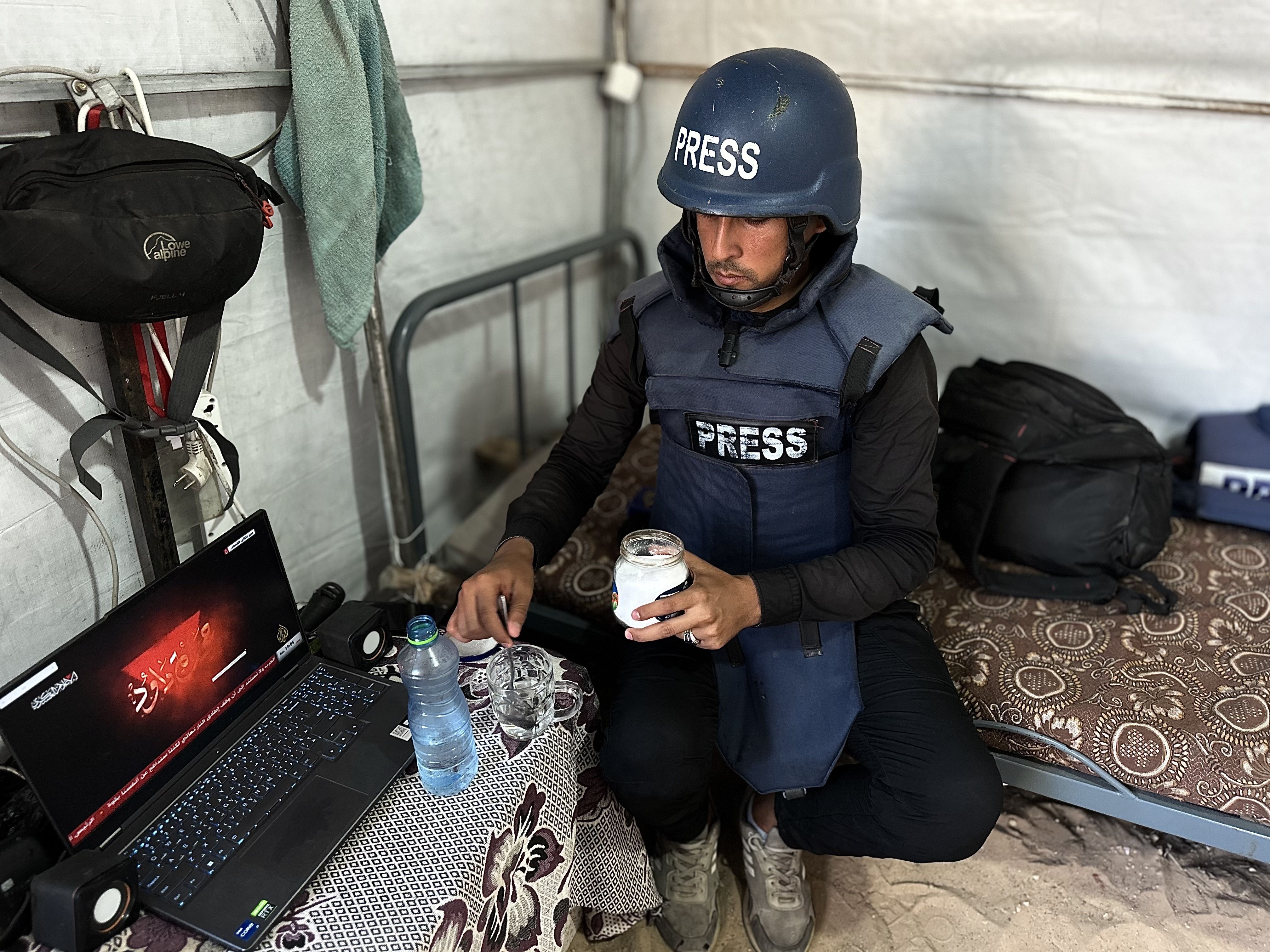نهاية سبتمبر/أيلول من العام الماضي، نشر موقع "إنفو تايمز" تقريرا (1) مدعوما بالبيانات أنجزته الوحدة السورية للصحافة الاستقصائية (سراج) بالتعاون مع الموقع. ويحلل التقرير تغريدات شخصيات سياسية واجتماعية معروفة في لبنان حول اللاجئين السوريين، بغرض معرفة شكل الكراهية الذي يروَّج ضد اللاجئين ومن يروّجها والمصطلحات المستخدمة في ذلك، إضافة إلى معرفة الشخصيات المتضامنة مع اللاجئين السوريين وأشكال ذلك التضامن.
المادة التي استغرق العمل عليها أكثر من عشرة أشهر متواصلة، حللت قرابة 238 ألف تغريدة نُشرت خلال الأعوام الثمانية الماضية، واستخلصت منها عينة تحليل حجمها 1454 تغريدة نشرتها 68 شخصية لبنانية معروفة، ضمن قائمة شملت 101 شخصية. وخلصت نتائج التحليل إلى أن أكثر من نصف التغريدات ضمن العينة، كانت مناهضة للاجئين السوريين.
مجلة "الصحافة" أجرت مقابلة مع فريق العمل الذي أنتج التقرير، والذي أوضح لها أن "فكرة القصة أساسًا جاءت من خلال ورشة تعليمية وتدريبية قدمها موقع إنفو تايمز لعدد من الصحفيين والمحررين الاستقصائيين في موقع سراج عام 2018"، مضيفا "عندما وضعنا سوية خطة العمل على القصة المدعومة بالبيانات، كان الهدف منها قياس وسبر آراء أبرز المغردين على تويتر في لبنان من الشخصيات العامة (سياسيين، وفنانين، وصحفيين أو إعلاميين) ومعرفة آرائهم حيال موضوع اللاجئين السوريين في لبنان، وتعاظم خطاب الكراهية ضدهم".
يقول فريق سراج إن "العمل على القصة تزامن مع حملات ووسوم على تويتر ومواقع التواصل الاجتماعي، بين من يدعو إلى ترحيل اللاجئين وبين من يدعو إلى إعادتهم بعد تقديم ضمانات على اعتبار أن البلد غير آمن، في حين كانت هناك أصوات محايدة ولم تغرد حول الموضوع أصلا".
وعلى مدار أشهر العمل العشرة، قام فريق العمل بتوثيق وتنقية وتحليل آلاف التغريدات لتحديد الشخصيات المساندة للاجئين السوريين في لبنان، والشخصيات المناهضة لوجودهم، خلال الفترة الممتدة من فبراير/شباط 2011 إلى نهاية أغسطس/آب 2019
وكشفت البيانات المستخلصة أنّ أكثر من نصف تغريدات الشخصيات المشمولة في عينة التحليل كانت رافضة للاجئين السوريين. وكان موقف الذكور واضحًا بشكلٍ أكبر من الإناث، حيث كانت 95% من التغريدات الرافضة تغريداتِ ذكور، والبقية تغريدات إناث.
كما أظهر تحليل التغريدات تضاربًا في الآراء إزاء اللاجئين، حيث تبيَّن أن 30% من الشخصيات اللبنانية المشمولة بالبحث تدعم اللاجئين، بينما بلغت نسبة الرافضين لهم 51%، وهو ما يفسر بروز الأصوات المنادية بإعادة اللاجئين السوريين واعتبارهم "نازحين".
وبعد فرز التغريدات تم تصنيفها في ثلاثة أقسام رئيسية: قسم التغريدات الإيجابية، وهي التي احتوت على تعاطف ودعم لوجود اللاجئين السوريين بلبنان، وقسم التغريدات السلبية، وهي التي تضمنت مناهضة ومعاداة لوجود اللاجئين ودعوة إلى إعادتهم لبلادهم، وقسم التغريدات المحايدة، وهي التي لم تحتوِ على كلمات تعاطف أو دعم ولم تحمل أي عبارات كراهية أو معاداة.
وحول عملية رصد التغريدات وتجميعها والآليات التي استخدمت في ذلك، قال فريق العمل إنهم طوّروا خوارزمية خاصة صمموها لهذا الغرض باستخدام لغة متخصصة في علم البيانات، بينما تمت عملية تصنيف التغريدات كسلبية أو إيجابية تجاه اللاجئين، عبر مرحلتين: أولاهما اعتمدت على التصنيف الآلي باستخدام الخوارزمية المطورة للتصنيف، ومن ثم الفرز الأولي بحسب كلمات مفتاحية معينة تحمل معاني التعاطف والتضامن أو الكره والرفض للاجئي سوريا، ثم بعد ذلك تم تدقيق وتأكيد النتائج الأولية كمرحلة ثانية.
وفيما يتعلق بالآلية المستخدمة في تصميم طريقة عرض البيانات، فإن فريق العمل صمم البيانات في تصميمات تفاعلية مقسمة على ثلاث لوحات رئيسية: الأولى تظهر الشخصيات التي تحدثت إيجابيا عن اللاجئين متضمنة الكلمات المفتاحية الإيجابية الأكثر تكرارا التي استخدمتها كل شخصية منهم. وتظهر اللوحة الثانية الشخصيات التي تحدثت سلبا عن اللاجئين متضمنة الكلمات المفتاحية السلبية الأكثر تكرارا التي استخدمتها كل شخصية منهم. أما اللوحة الثالثة فجاءت في صورة مخطط زمني لجميع التغريدات السلبية والإيجابية لإظهار تطور كثافة التغريدات التي تناولت القضية بداية من العام 2012.
وتمت برمجة جميع اللوحات الثلاث باستخدام لغات برمجة المواقع، وكذلك مكتبة تصميم الرسومات البصرية المفتوحة المصدر.
وحول المنهجية العلمية التي طُبقت أثناء تحليل تلك التغريدات، استخدم فريق العمل منهجية "تحليل المحتوى المفاهيمي" (Conceptual Content Analysis Method) التي تعد إحدى منهجيات "التحليل النوعي للمحتوى" (Qualitative Content Analysis)، وذلك لقياس ما تحمله كل تغريدة من معانٍ ضمنية إيجابية أو سلبية نحو القضية، وتم هذا في المرحلة الثانية من التصنيف (مرحلة التدقيق والتأكيد).
البيانات لرصد آثار خطاب المناهض للاجئين
حللت دراسة (2) صدرت العام الماضي، المحتوى المنشور على منصات التواصل الاجتماعي لحزب "البديل من أجل ألمانيا" اليميني المناهض للاجئين، وكذلك بعض البلديات التي لها حضور كبير على مواقع التواصل.
وحاولت دراسة الرابط بين الخطاب المناهض للاجئين في مواقع التواصل وبين الأحداث الفعلية على أرض الواقع ضد اللاجئين، وذلك عبر جمع بيانات تفصيلية من 14 مصدرًا مختلفا، منها على سبيل المثال المنشورات والتعليقات في صفحة حزب "البديل من أجل ألمانيا" على فيسبوك وغيرها، ومن ثم قام الباحثان المسؤولان عن الدراسة بتحليلها ومقارنتها مع أحداث العنف الفعلية التي حدثت ضد لاجئين، وخلُصا إلى وجود علاقة قد تصل إلى العلاقة السببية في بعض الحالات.
مشاريع أخرى في رصد تغريدات السياسيين
في البرازيل، أُطلقت منصّة "آوس فاتوس" (Aos Fatos) -ومعناها الحقائق- (3) المتخصصة في رصد تغريدات الرئيس البرازيلي جايير بولسونارو وتصنيفها وأرشفتها، وهو مشروع مهم في رصد خطابات السياسيين ووضعهم قيد المساءلة أمام كل ما يغردونه.
وفي جنوب أفريقيا، أنتج أحد صحفيي البيانات تقريرًا (4) مدعوما بالبيانات، سلط فيه الضوء على الدعاية السياسية التي يتم ترويجها على تويتر عبر تحليل ما يغرّده السياسيون هناك.
سياسة تويتر الجديدة
أصبحت وسائل التواصل الاجتماعي -وتويتر على وجه التحديد- منصّة للعديد من السياسيين حول العالم يعبرون من خلالها عن مواقفهم السياسية وتحشيد العامة لها، وكذلك الترويج لمعتقداتهم وأفكارهم التي تنطوي أحيانا على تمييز وخطاب كراهية تجاه جماعات محددة.
ومؤخرا، قررت (5) إدارة تويتر أنها لن تحذف تغريدات السياسيين التي تنتهك معايير النشر في منصتها، من أجل الحفاظ على حق العامّة في الاطلاع على آراء السياسيين مهما كانت متطرفة. فمثلا، إن نشر الرئيس الأميركي تغريدة تخالف معايير الموقع، كأن تكون محرضة على كراهية، فإن تويتر سيخفي التغريدة ويضع مكانها تنبيها بأن هذا المحتوى مخالف للمعايير، ويترك للعامة حرية خيار قراءة التغريدة من عدمه.
وبرر تويتر ذلك بأهمية الإبقاء على كل التغريدات التي ترد من السياسيين من أجل مصلحة العامة التي ستساعدها تلك التغريدات في تقييم مواقفها تجاه السياسيين. وهنا يبرز دور صحافة البيانات في تحليل تلك التغريدات وتأطيرها في سياقها، وتبيان أثرها على المجتمع، خدمة للمصلحة العامة.
المراجع:
2- Müller, Karsten, and Carlo Schwarz. "Fanning the flames of hate: Social media and hate crime". Available at SSRN 3082972 (2018).
3- https://aosfatos.org/tweets-de-bolso/english
